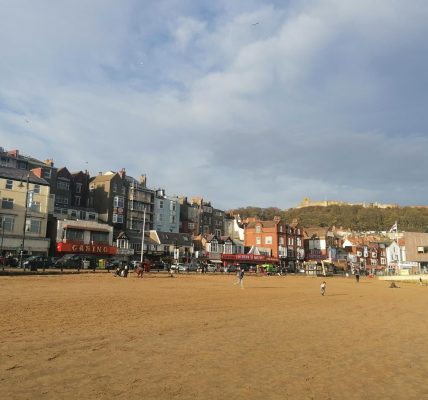Top 5 ski areas in New Zealand
In addition to its beautiful landscapes, New Zealand is also a prime skiing destination. Read more about skiing in New Zealand, and how to apply for the mandatory visa.
On May 17 2021, the British government moved New Zealand from the amber travel list to the green travel list. This means that travellers returning from New Zealand no longer need to quarantine on arrival in the UK. This is, of course, a massive benefit for travellers headed to the country.
While travelling to New Zealand for tourism is not yet possible due to New Zealand’s covid restrictions, it might well be that New Zealand opens its borders again this summer for a select few countries, including the UK.
So, what is there to do in New Zealand? One thing most people overlook is that New Zealand is a prime skiing destination. Here are five of the best ski locations in the land down under.
Discover New Zealand’s largest ski area and explore some of the country’s most breath-taking scenery with well-maintained slopes, huge snow pools, steep runs and hidden spots. Located on a volcano, this ski area has a self-contained practice area, a café, a rental centre and a meeting room for ski schools. The slope is equipped with easy-to-use conveyor belts and a slow chairlift, which ensure rapid progress. The gondolas, worth 25 million dollars, are among the most famous in the country. The ride takes you past North Island’s most spectacular scenery, including waterfalls and snow-capped peaks.
Steep, deep and cheap: that’s how the ski resort of Craigieburn can be summarised. This area in the Southern Alps (about a 1.5 hour drive north of Christchurch) is definitely not a resort, as there is no luxury or prestige to be found here. You won’t find anyone wearing Prada, as the area is entirely reserved for ski enthusiasts. If you’re looking for skiing and nothing but skiing, Craigieburn is the place to be.
Mt Hutt ski resort is one of the most famous ski resorts in New Zealand. Combined with the city of Methven, it is the ideal destination for those who want a week of relaxed and affordable skiing. Mt Hutt averages 4 metres of snow per season, which is impressive compared to some of the other popular ski resorts in New Zealand. However, as with the rest of New Zealand, snow conditions can vary quite a bit, so make sure to plan ahead.
Fox Peak is a very large ski area by New Zealand standards. It is 580 metres high and covers an area of 2.5 km², accessible by lift. As a result, the views from up here are spectacular. On a clear day, you can see as far as Timaru and the coast. The ski season here generally runs from mid-July to the end of September. Fox Peak is only open on weekends, except for large groups.
Cardrona is one of the locals’ favourite spots. This area has often been voted the best ski area in New Zealand. It offers a little bit of everything: a wide variety of landscapes, stunning views and good infrastructure, all located between Queenstown and Wanaka.
Cardrona is easily accessible, less than an hour from Queenstown and Wanaka, and there are shuttles for those who don’t want to drive there themselves. However, because Cardrona is so easily accessible it can get very busy on the weekends and during holidays, so plan accordingly.
While travelling to New Zealand might well become possible again in the near future, there is little doubt that certain restrictions will apply to incoming travellers. These include, first and foremost, anti-covid restrictions to prevent the spread of the virus, and strict checking regarding the mandatory New Zealand visa.
Since October 1 2019, it is no longer possible to travel to New Zealand without a visa.
All British travellers, both tourist and for business, must apply for the visa in order to be granted permission to enter the country. New Zealand’s visa, the NZeTA (New Zealand Electronic Travel Authority) is an online visa, meaning it can be acquired online rather than at the embassy. To get a visa, you simply fill in the online application form and make the required payment of £49.95. The New Zealand visa cost includes the IVL, or International Visitor Conservation and Tourism Levy, which is charged by the New Zealand government. This means that on arrival, no additional costs have to be paid.










